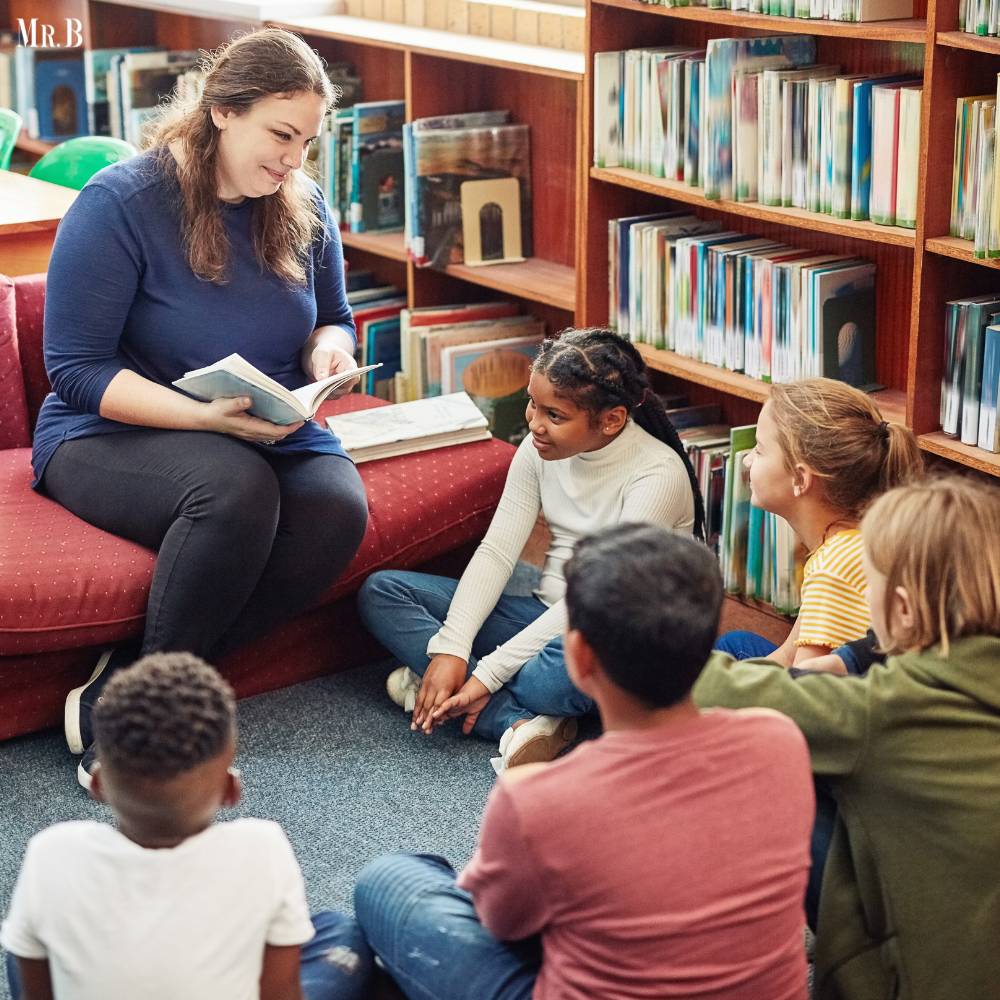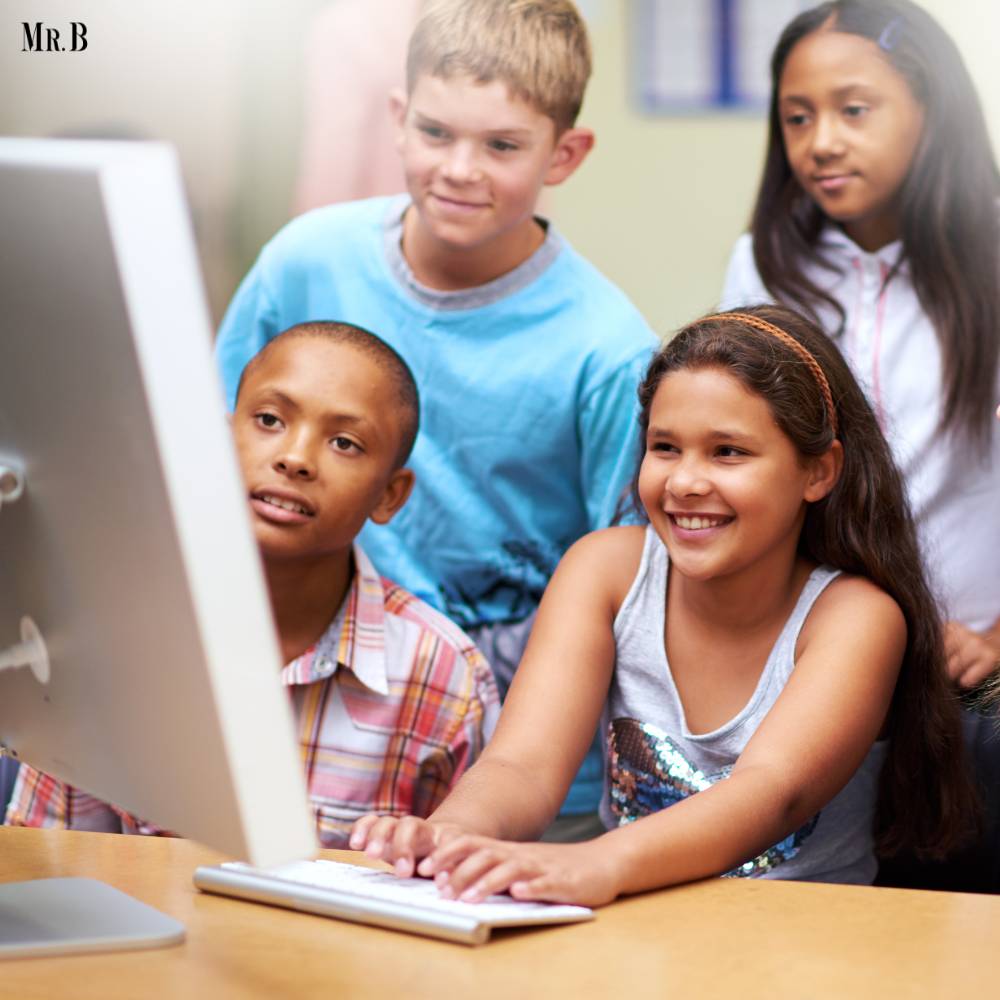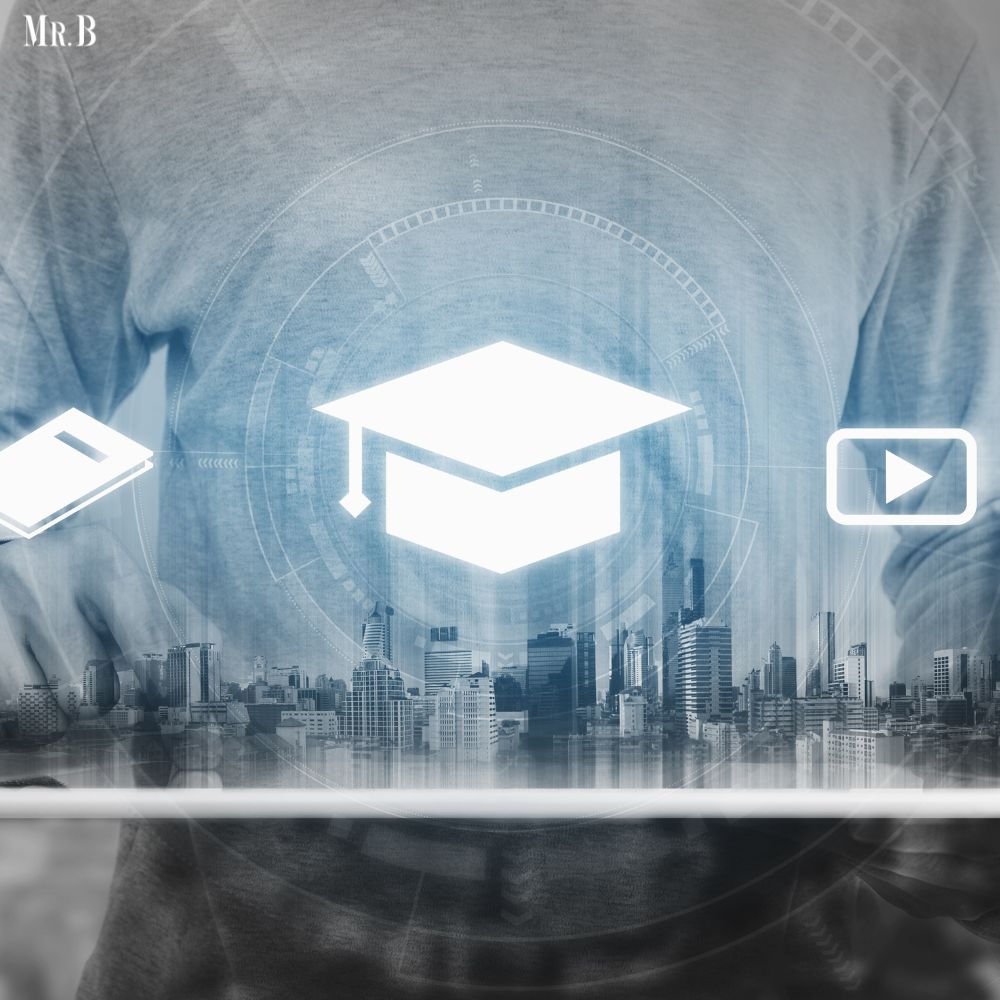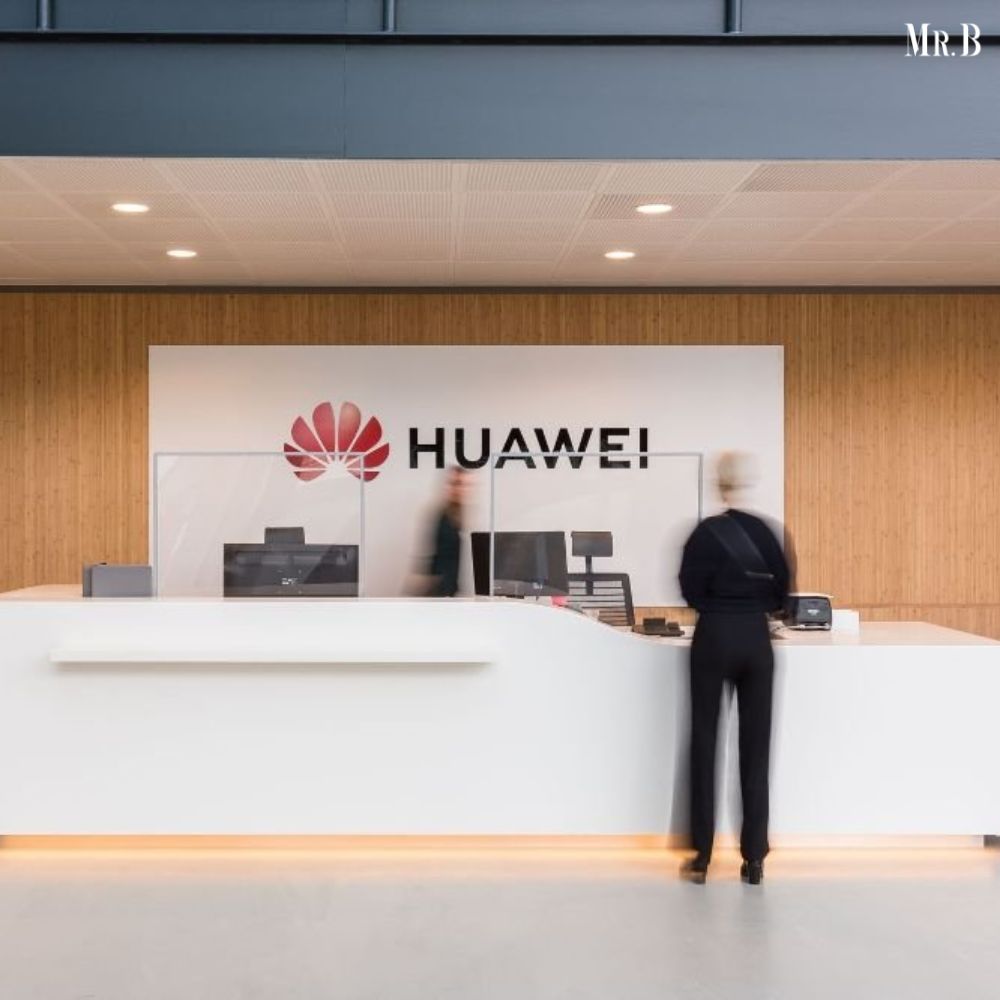How to Deliberately Use Gamification in Education to Increase Student Engagement?
- Category: Education

In recent years, the integration of gamification in education has caught significant attention as an effective strategy to enhance student engagement and help them learn outcomes. Gamification leverages the principles of game design and mechanics to transform the learning experience into an interactive and immersive journey. By incorporating elements such as competition, rewards, challenges, and collaboration, educators can tap into students’ intrinsic motivations while making the learning process more enjoyable and effective.
In this article, we will take a look at the deliberate ways to employ gamification in education, outlining strategies that educators can adopt to increase student engagement:
1. Points, Badges, and Leaderboards: The Power of Progress Tracking
One of the fundamental tenets of gamification in education is the incorporation of points, badges, and leaderboards. These elements provide a sense of achievement, progression, and healthy competition among students. By awarding points for completing assignments, and quizzes, or actively participating in class discussions, educators can incentivize students to consistently engage with the course content. Badges and certificates can be given upon reaching certain milestones, contributing to a sense of accomplishment. Leaderboards, whether individual or team-based, add a competitive edge, spurring students to work harder to climb the ranks. However, it’s essential to strike a balance to prevent excessive focus on rewards at the expense of genuine learning.

2. Narrative-driven Learning: Transforming Education into a Story
Humans have an innate fascination with stories, and educators can harness this power by integrating narrative elements into their teaching. Creating a captivating storyline that unfolds throughout the course can immerse students in a unique learning experience. Each lesson can be a chapter, and as students progress, they unlock new chapters, content, or challenges. This approach fosters curiosity and a desire to explore, as students become eager to uncover the next part of the narrative. A compelling story can ignite students’ imaginations and drive their engagement with the subject matter.
3. Quests and Challenges: Turning Learning into an Adventure
Introducing quests and challenges can infuse an element of excitement and adventure into the learning process. Educators can design quests that require students to complete specific tasks, solve problems, or collaborate with peers to progress. These quests can be interconnected, forming a learning journey that mimics the structure of a game. As students tackle challenges and overcome obstacles, they not only enhance their problem-solving skills but also experience a sense of accomplishment that keeps them motivated to continue their educational journey.
4. Collaborative Gamification in Education: Fostering Teamwork and Peer Learning

Gamification need not be a solitary endeavor. Collaborative gamification encourages students to work together, fostering a sense of camaraderie and collective achievement. Educators can design team-based challenges or simulations that require students to collaborate on projects, share knowledge, and collectively solve problems. By assigning roles within groups and linking rewards to group performance, students are motivated to contribute actively to their team’s success, promoting peer learning and mutual support.
5. Real-world Application: Bridging the Gap Between Theory and Practice
Gamification in education can serve as a bridge between theoretical concepts and real-world applications. By designing simulations or scenarios that mirror real-life situations, educators can provide students with a platform to apply their knowledge in practical contexts. This not only enhances critical thinking and decision-making skills but also highlights the relevance of the subject matter in students’ lives. The gamified approach encourages students to explore different solutions, learn from their mistakes, and refine their strategies—skills that are invaluable in various professional fields.
6. Customization and Personalization: Tailoring the Learning Experience
Personalization is a key aspect of effective education, and gamification can facilitate this by allowing students to customize their learning paths. Educators can provide options for students to choose the order of topics, select preferred assignments, or even design their challenges based on their interests and strengths. This sense of autonomy empowers students, making them more invested in their learning journey and ultimately leading to higher engagement levels.

7. Feedback Loops and Mastery: Encouraging Continuous Improvement
One of the core principles of gamification is the concept of mastery. Educators can implement feedback loops that provide instant feedback on student performance, guiding them toward improvement. This immediate feedback not only enhances the learning experience but also cultivates a growth mindset, where students view challenges as opportunities for learning rather than obstacles. The quest for mastery becomes a driving force, encouraging students to persistently strive for excellence.
Summing Up
In conclusion, the deliberate integration of gamification in education holds the promise of transforming conventional learning paradigms into captivating and dynamic experiences. By leveraging the principles of game design, educators can effectively harness students’ intrinsic motivation, turning the pursuit of knowledge into an engaging adventure. Through the strategic use of points, badges, leaderboards, narrative-driven learning, quests, and collaborative challenges, educators can inspire active participation, critical thinking, and problem-solving skills among students.
The gamified approach not only enhances student engagement but also bridges the gap between theoretical concepts and real-world application, nurturing skills that are essential for success in today’s rapidly evolving landscape. Furthermore, the element of customization and personalization empowers learners to tailor their educational journey, fostering a sense of ownership and dedication.
As education continues to adapt to technological advancements and changing student preferences, gamification stands as a beacon of innovation. By embracing these deliberate gamification strategies, educators can create an educational environment where students are not just passive recipients of information but active co-creators of their learning experience. Ultimately, the integration of gamification in education has the potential to pave the way for a future where learning is not only effective but also deeply enjoyable, preparing students to thrive in an ever-changing world.







